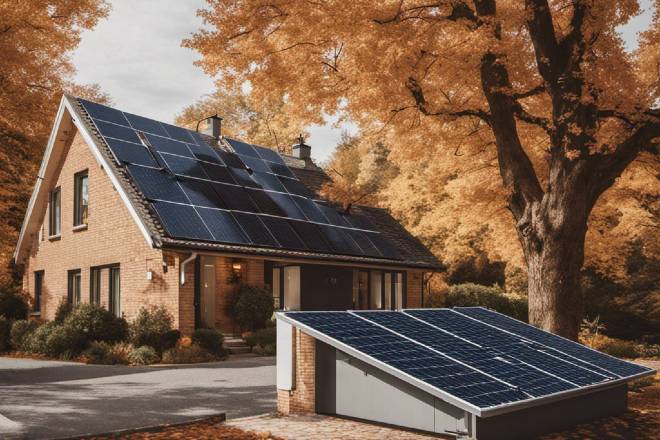
What months are Solar Panels most Efficient?
The sun is the ultimate source of clean, renewable energy, and solar panels are an excellent way to harness this resource. However, one common question we often encounter is: "What months are solar panels most efficient?" The answer isn't straightforward, as several factors like geographic location, weather conditions, and panel orientation contribute to how efficiently a solar panel system will operate.
Factors Affecting Solar Panel Efficiency
Before we delve into the efficiency of solar panels by month, it’s important to understand what factors affect their performance:
Solar Irradiance
Solar irradiance is the amount of solar power received per unit area at a given location. This varies based on your geographical location and time of year.
Temperature
Solar panels are generally more efficient at lower temperatures. High temperatures can reduce the output voltage and overall efficiency.
Panel Angle
The angle at which sunlight hits the solar panels can also influence efficiency. Panels are generally most efficient when they are perpendicular to the sun's rays.
Dust and Debris
Dust, snow, or any other form of debris on the solar panels can obstruct sunlight, reducing efficiency.
General Trends by Month
Keeping the above factors in mind, here are some general trends based on typical conditions in the Northern Hemisphere:
Spring (March - May)
During spring, the days start to get longer and sunnier. Solar panels can begin to produce more energy compared to the winter months, especially as you move into April and May. However, in some regions, spring can also bring cloudy and rainy days, which may reduce efficiency.
Summer (June - August)
Summer provides the longest days of the year, meaning more hours of sunlight for power generation. While this seems ideal, the higher temperatures in summer can slightly lower the efficiency of the solar cells. Nevertheless, summer is often when most solar energy is produced.
Autumn (September - November)
In autumn, solar efficiency begins to decline due to shorter days and varying weather conditions like increased cloud cover or rain. However, the cooler temperatures can be beneficial for panel efficiency.
Winter (December - February)
Winter usually brings shorter days and less intense sunlight. Snow and ice can also accumulate on panels, significantly reducing their efficiency. However, on clear, sunny winter days with low temperatures, panels can still be quite efficient.
Special Considerations
-
Southern Hemisphere: If you live in the Southern Hemisphere, the seasons' impact will be the opposite. Your panels will be most efficient during your summer months (December - February) and least efficient during winter (June - August).
-
Equatorial Regions: In equatorial regions, solar efficiency remains relatively constant throughout the year, as the length of the day and angle of the sun change less dramatically.
-
Desert Climates: In desert climates, solar panels can be extremely efficient due to the high levels of sunlight, although high temperatures can have a diminishing effect on efficiency.
Conclusion
So, what months are solar panels most efficient? It varies depending on many factors, but generally speaking, solar panels tend to be most efficient during the late spring to early summer in the Northern Hemisphere. However, solar panels can and do generate substantial amounts of energy year-round, making them a viable and efficient source of renewable energy in virtually any climate.
Would you like to know how efficient solar panels can be at your specific location? Feel free to contact us for a personalized assessment.
